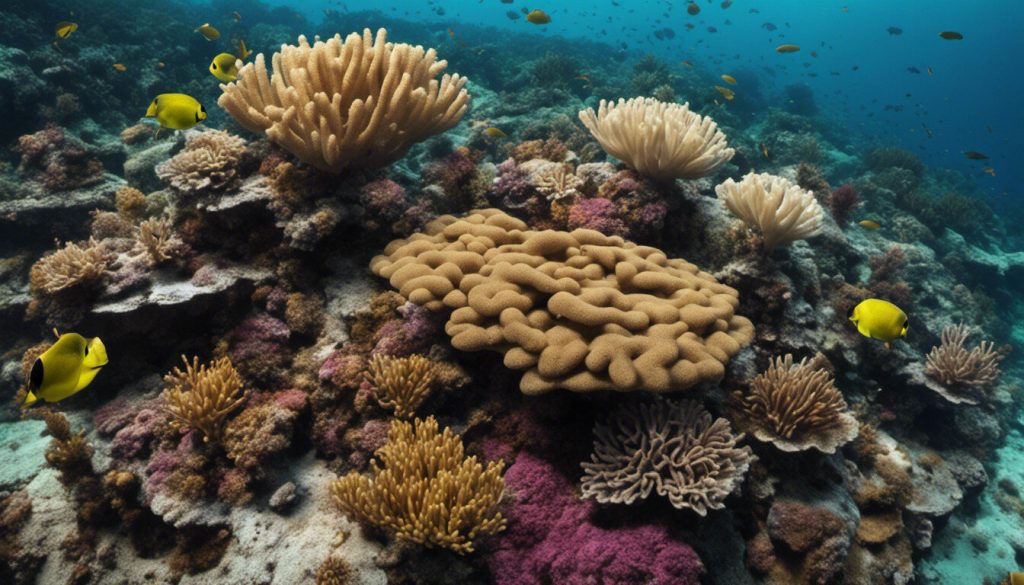Sea sponges, often overlooked inhabitants of the ocean, are fascinating creatures with a rich history and unique characteristics. These ancient organisms play vital roles in marine ecosystems and have captivated scientists with their intriguing biology. This article delves into the amazing facts and secrets of sea sponges, their diverse species, diet, reproduction methods, and the intriguing presence of sea sponge eyes.
What Are Sea Sponges?
Sea sponges belong to the phylum Porifera, which means “pore bearer.” They are among the oldest living multicellular organisms on Earth, with a lineage dating back over 600 million years. Unlike most animals, sponges lack tissues and organs, consisting instead of a simple body structure made up of cells that perform various functions.
Diverse Species:
There are over 8,500 identified species of sea sponges, each exhibiting unique shapes, sizes, and colors. They range from the delicate and intricate glass sponges, which build skeletons from silica, to the large and sturdy barrel sponges that can grow to impressive sizes. This diversity allows sea sponges to inhabit a variety of marine environments, from shallow coastal waters to deep ocean floors.

What Do Sea Sponges Eat?
Sea sponges are filter feeders, obtaining their nutrition by filtering water through their porous bodies. They consume microscopic particles, including bacteria, plankton, and organic detritus. Water is drawn into the sponge through small openings called ostia, passes through internal canals where food particles are captured by specialized cells called choanocytes, and is expelled through larger openings known as oscula.
How Do Sea Sponges Reproduce?
Sea sponges have two main methods of reproduction: asexual and sexual.
Asexual Reproduction: This occurs through budding or fragmentation. In budding, a new sponge grows from the parent and eventually detaches to live independently. In fragmentation, a piece of the sponge breaks off and develops into a new sponge.
Sexual Reproduction: Most sea sponges are hermaphroditic, meaning they produce both eggs and sperm. They release sperm into the water, which is then captured by other sponges to fertilize their eggs internally. The fertilized eggs develop into free-swimming larvae that eventually settle on a substrate and grow into adult sponges.
Do Sea Sponges Have Eyes?
While sea sponges lack eyes in the conventional sense, some species possess rudimentary light-sensitive cells or eyespots. These eyespots can detect changes in light intensity, helping sponges navigate their environment. Although these structures are primitive compared to the complex eyes of other animals, they provide an intriguing glimpse into the evolutionary adaptability of sea sponges.
Natural sea sponges are remarkable creatures with a rich history and a critical role in marine ecosystems. Their diverse species, unique feeding methods, and varied reproductive strategies make them a fascinating subject of study. The presence of rudimentary eyespots adds an extra layer of intrigue to these ancient and essential inhabitants of the ocean. Understanding sea sponges helps us appreciate the complexity and wonder of marine life, highlighting the importance of preserving these enigmatic creatures and their habitats.
James Martin is a passionate writer and the founder of OnTimeMagazines & EastLifePro. He loves to write principally about technology trends. He loves to share his opinion on what’s happening in tech around the world.



